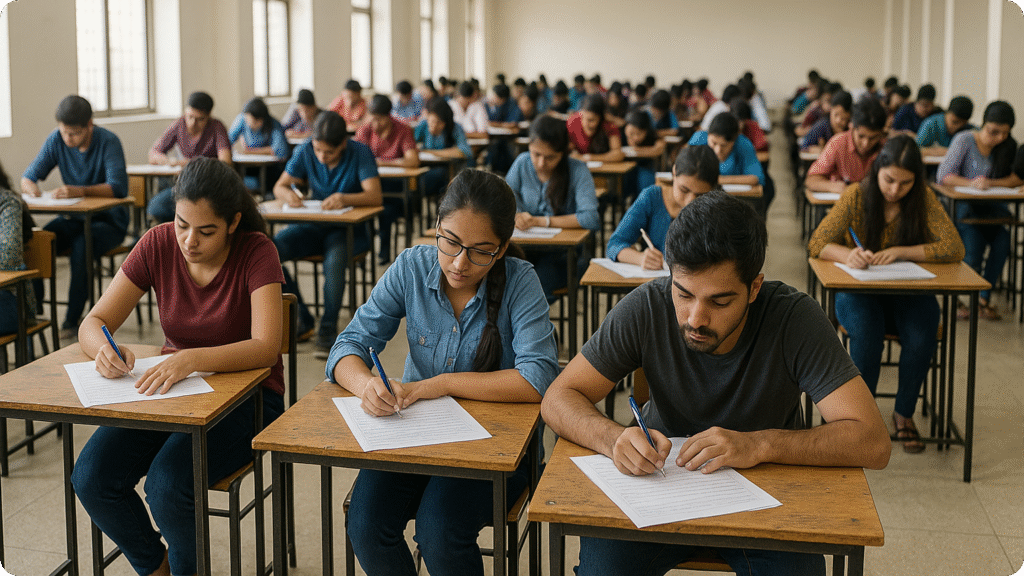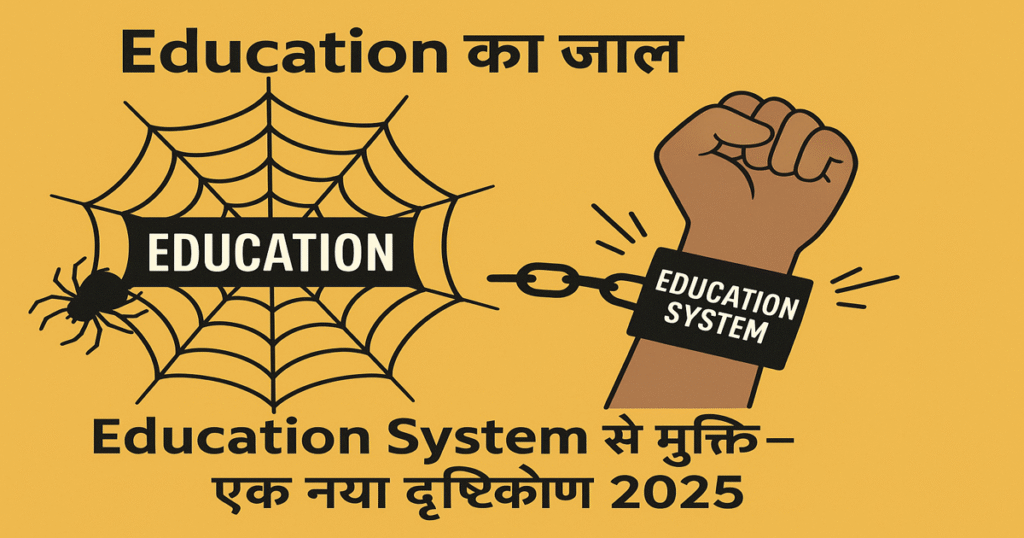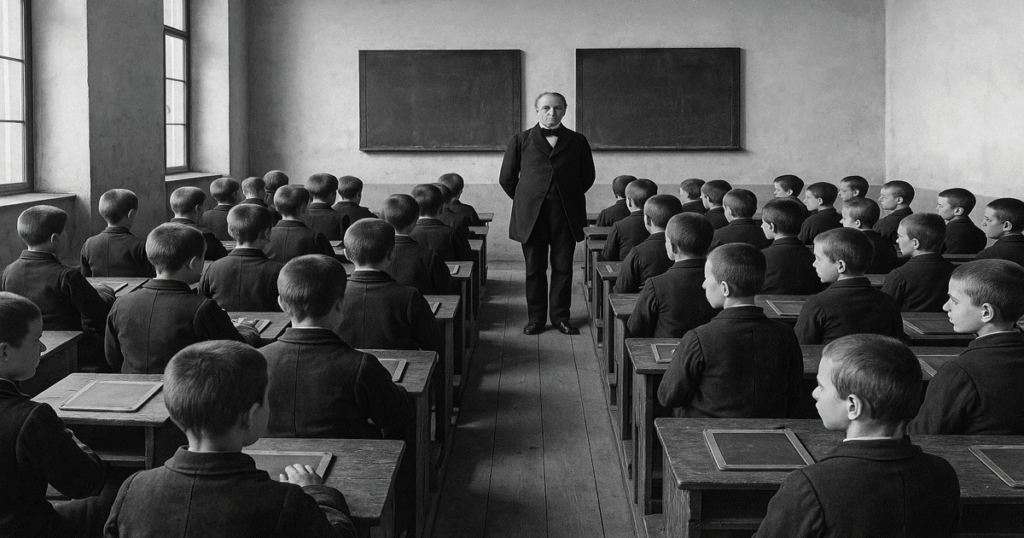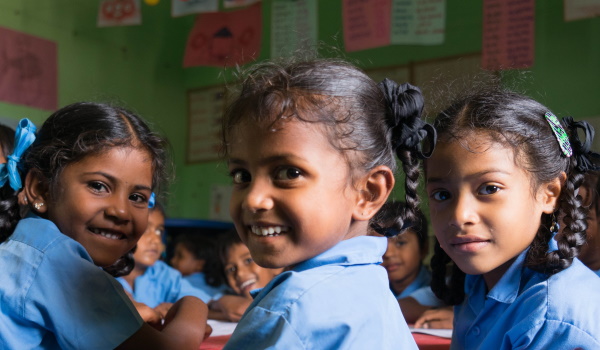India vs Global Education System: Indian Education System और Global Education System में क्या अंतर हैं? Rote Learning, Skill Gap, और NEP 2020 की तुलना Finland, USA, और Singapore से।
India vs Global Education System Standards
क्या Indian Education System विश्वस्तरीय है? ASER 2017 Report के अनुसार, 14-18 वर्ष के केवल 43% Students Basic Arithmetic में निपुण हैं, और State of Working India 2023 Report बताती है कि 42% Graduates बेरोजगार हैं। दूसरी ओर, Finland, USA, और Singapore जैसे देशों के Education Systems Students को Creative और Job-Ready बनाने के लिए जाने जाते हैं। आखिर अंतर कहाँ है?
Also Read: Challenges of Indian Education System

इस ब्लॉग में, हम Indian Education System की तुलना Global Education Systems (Finland, USA, Singapore) से करेंगे, उनकी ताकत और कमियों का विश्लेषण करेंगे, और NEP 2020 जैसे सुधारों की भूमिका समझेंगे।
भारत की शिक्षा प्रणाली: विशेषताएँ और चुनौतियाँ
Indian Education System की जड़ें Prussian Education Model और British Colonial Rule (English Education Act 1835) में हैं। इसकी प्रमुख विशेषताएँ हैं:
- Rote Learning पर जोर: Students को Textbooks याद करने और Exams में दोहराने की प्रथा।
- Theoretical Focus: Practical Skills जैसे Coding या Digital Marketing पर कम ध्यान।
- High Unemployment: State of Working India 2023 के अनुसार, 25 वर्ष से कम आयु के 42% Graduates बेरोजगार हैं।
- Standardized Exams: JEE, NEET जैसे Exams पर अत्यधिक जोर, जो Creativity को सीमित करते हैं।
Also Read: प्रशियन शिक्षा मॉडल क्या है?

ASER 2017 Report के अनुसार, केवल 43% Students Basic Arithmetic और 47% Basic Reading में निपुण हैं, जो Skill Gap को दर्शाता है।
Click here: ASER 2017 Report
वैश्विक शिक्षा प्रणालियाँ: Finland, USA, और Singapore
वैश्विक स्तर पर कुछ देशों की Education Systems अपनी Effectiveness के लिए प्रसिद्ध हैं:
- Finland:
- Student-Centric Approach: Creativity, Critical Thinking, और Play-Based Learning पर जोर।
- No Standardized Tests: कम Exams, अधिक Project-Based Assessments।
- Teacher Training: Teachers को Highly Trained और Respected माना जाता है।
- Outcome: PISA Rankings में शीर्ष स्थान।
- USA:
- Flexibility: Students को Subjects चुनने की आज़ादी, जैसे Arts, STEM, या Vocational Courses।
- Innovation-Driven: Universities जैसे MIT और Stanford Innovation को बढ़ावा देते हैं।
- Challenge: High Costs और Inequality in Access।
- Singapore:
- Rigorous Curriculum: Math और Science में World-Class Performance।
- Skill-Based Focus: Technical और Vocational Education पर जोर।
- Outcome: High Employability और Global Competitiveness।
Click Here: Finland Education System
तुलना: भारत बनाम वैश्विक शिक्षा प्रणालियाँ
| पहलू | Indian Education System | Global Education Systems (Finland, USA, Singapore) |
|---|---|---|
| Teaching Method | Rote Learning, Exam-Centric | Student-Centric, Project-Based, Skill-Oriented |
| Curriculum | Theoretical, Rigid | Flexible, Practical, Innovative |
| Teacher Training | Limited Professional Development | Rigorous Training, High Respect |
| Employability | 42% Graduates Unemployed (2023) | High Employability due to Skill Focus |
| Creativity | Limited due to Memorization | Encouraged through Projects and Critical Thinking |
यहां फोटो लगाएं: Comparison Chart of Indian vs Global Education Systems।
भारत में Rote Learning और Exam Pressure Students को Creativity और Practical Skills से वंचित करते हैं, जबकि Finland और Singapore जैसे देश Skill-Based और Flexible Education पर जोर देते हैं।
Also Read: Top In-Demand Skills in India
NEP 2020: भारत को विश्वस्तरीय बनाने की दिशा
National Education Policy (NEP) 2020 भारत को Global Standards के करीब लाने का प्रयास है। प्रमुख सुधार:
- 5+3+3+4 Structure: Early Childhood Education और Holistic Learning पर जोर।
- Vocational Education: Class 6 से Coding, Carpentry जैसे Skills।
- Multilingualism: भारतीय भाषाओं को बढ़ावा।
- Technology Integration: Online Learning और Digital Tools का उपयोग।
NEP 2020 Finland और Singapore जैसे मॉडल्स से प्रेरणा लेता है, लेकिन इसके Implementation में समय और संसाधन चाहिए।
निष्कर्ष: शिक्षा को फिर से परिभाषित करें
India vs Global Education System Standards: Indian Education System में Rote Learning और Skill Gap जैसी चुनौतियाँ हैं, जबकि Global Education Systems जैसे Finland और Singapore Creativity और Employability को प्राथमिकता देते हैं। NEP 2020 इन अंतरों को कम करने की दिशा में एक कदम है। आइए, Online Learning, Vocational Training, और Innovative Reforms को अपनाकर Education को Redefine करें।
क्या यह ब्लॉग Indian vs Global Education System की तुलना समझने में मददगार लगा? इसे दोस्तों के साथ शेयर करें और कमेंट में बताएँ कि आप भारत की शिक्षा को कैसे बेहतर बनाना चाहेंगे!



